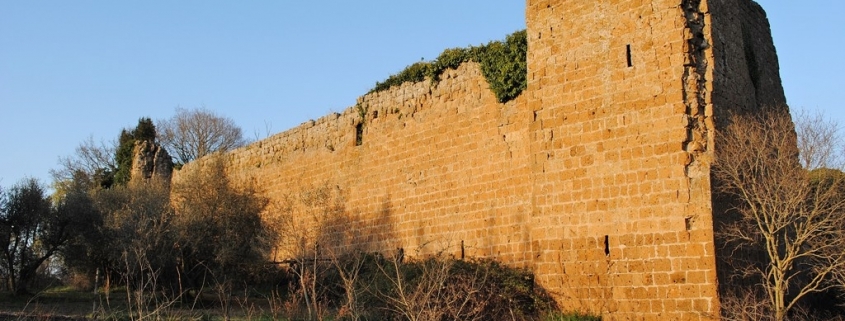Should tourism trump history? Or can it play a part in conservation?
Italy is giving away more than 100 historic buildings in a bid to boost tourism. The catch? You have to commit to restoring any property you are gifted. Here Shaun Soanes explains why tourism is rooted in historic buildings and why we all have a role to play in their conservation.
Old houses, inns, farmhouses, monasteries and ancient castles are all up for grabs in Italy – and you won’t have to pay a penny. You will however, have to commit to restore the sites and turn them into tourist facilities, such as hotels, restaurants, or spas. Successful applicants will get an initial nine-year period to work on their project, with the possibility of extending it for a further nine years.
The scheme was launched by State Property Agency and Ministry of Cultural Heritage in May as part of Italy’s Strategic Tourist Plan, aimed at relieving some of the strain on the country’s most popular and overcrowded areas, promoting lesser-explored destinations and protecting some beautiful landmarks which have not received enough care. These include the stunning Castello di Blera in Lazio, an 11th-century property built by a local noble family and perched on a cliffside, with many of its original medieval features still intact.
Will it work?
Italy has turned to the public to help restore its historic sites before.
The Lighthouse Project has seen the Italian government auction off around 30 historic lighthouses to investors in return for converting them into hotels and tourist facilities. And in 2013, the country put 50 of its prized sites up for auction as part of an effort to raise €502 million for its ‘Kill Public Debt Plan’.
The list included fortresses, two Venetian islands and the castle, which hosted Tom Cruise’s Scientology wedding. Again, investors were only allowed to use the sites for tourist purposes.
Tourism trumps history
Italy hasn’t always made the best decisions when it comes to protecting its assets.
In 2015, Venice overturned a ban on giant cruise liners sailing up the Giudecca canal to get a close-up view of St Mark’s Square.
The year before authorities introduced regulations preventing all ships over 96,000 gross tons from sailing along the city’s main cruise terminal. The action happened after complaints from architects and conservationists that the vast floating palaces were displacing thousands of tons of water, which were smashing against the ancient piles and bricks. But shipping operators lobbied so that their customers could continue viewing the city from the comfort of their deck chairs, claiming the facility was worth a million visitors.
The decision to overturn the ban may mean tourists have better access to old buildings – but at what cost? Could tourism eventually kill off its reason for being there in the first place?
Protecting a legacy
Worldwide, the tourism industry barely contributes to its core investment – the legacy of the past, so, what has been happening in Italy is worth watching. After all, the new owners of the 100 historic monuments up for grabs right now will have their work cut out for them.
We all have a role in protecting a legacy but it’s important to point out that conservation and restoration are not simple DIY jobs that anyone and everyone can do.
Faced with uncertain damage to a building’s structure, the red tape of building regulations and logistics of construction work, not to mention what needs to be fixed and what should be replaced, a restoration project can be difficult to navigate.
As with most things, it is best to seek the advice of a professional – for expert opinion and to guide you through the process in a safe and effective way.
A final word
Our team has a diverse range of experience and years of experience in structural engineering, historical restoration, architectural design and much more and have seen through many conservation and restoration projects through to completion. If you happen to have an historical building you want to restore and repair, we can help you do it.
Historic buildings are vulnerable and irreplaceable, providing powerful, tangible connections to our past. We take great pleasure in helping protect them.


 Bentinck House
Bentinck House


